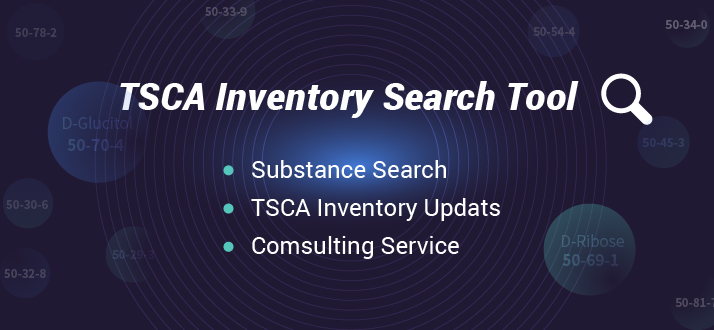Hazardous Chemical: FAQ on Hazchem QR Code Application in China
8 FAQs were selected to address some problems in the Hazchem QR code application in China, especially for the QR Code Management Enforcement Rules to be issued by the MEM.
On August 31, 2022, REACH24H Consulting Group held a webinar themed on the Hazchem QR code application in China. Mr. Chen Jun, an official from the Chemical Registration Management Office of the Ministry of Emergency Management, shared valuable information on recent trends in the QR code program to enhance the digital and intelligent management of hazardous chemicals.
To facilitate the information management of hazardous chemicals, China introduced the \”One enterprise, one chemical product, and one QR code\” principle in early 2022 as per the National Plan for Centralized Management of Safety Risks of Hazardous Chemicals. Following this principle, China launched the new Hazardous Chemical Registration Comprehensive Service System on February 16, 2022, to support the automatic generation of QR codes for registered hazardous chemicals.
Many cities and provinces in China, e.g., Guangdong, Suzhou, Shandong, etc., have issued relevant documents to roll out the pilot QR programs. The official documents for Zhejiang and Shanghai’s pilot programs are expected to be issued soon, shared by Mr. Chen. The authority hopes the expanded pilots will pave the way for universal implementation nationwide in the near future.
Below are some of the FAQs collected in this webinar to facilitate your understanding of the Hazchem QR code application in China.
- a) When will the QR Code Management Enforcement Rules be published? b) Will it be a national standard for labeling?
- I wonder if overseas enterprises can appoint a representative agent to comply with the Hazchem QR requirements in China? If not, I think a great compliance burden will be imposed on overseas enterprises.
- a) Will the customs cooperate with the emergency management department, and will the customs check the QR code when importing chemicals? b) How to display the QR code on the imported hazardous chemicals? c) Can importers in China affix the QR codes instead of overseas manufacturers, and are there any requirements for the time of affixing the QR codes?
- In addition to Guangdong, will there be other cities piloting the Hazchem QR code in the future? When? In which cities? Will there be a transition period, and how long is it expected to be?
- Currently, Guangdong is the only province that has piloted the QR code program. What about those hazardous chemicals that are produced outside of Guangdong but are sold in the province? Are they required to be affixed with the QR code? And how does it work? Will there be corresponding penalties for those who do not or forget to affix the QR code?
- How to solve the inconsistency between the QR Code Management Enforcement Rules that will be subsequently released by the Ministry of Emergency Management and the current rules issued by provinces and cities?
- For mixtures with subtle differences in ingredients, is it viable to register them as a series according to the product hazard level and affix them with one QR code?
- Will the QR Code Management Enforcement Rules provide exemptions from QR code requirements?
[Read the answers at ChemLinked]
Reference Links
- Compliance Alert: China’s Draft Law on Safety of Hazardous Chemicals Moves to the Next Step
- China to Revise 4 Regulations on Safety Management of Hazardous Chemicals
- [Resource Available] Webinar: Hazardous Chemical Registration System Upgrade and “One Enterprise, One Chemical Product, and One QR Code” Application
- Hazchem: China Shandong Pushes Forward Hazchem QR Codes Application
- China Pilots Hazchem QR Code Program in Suzhou and More Cities
- China Plans to Apply Hazchem QR Codes Extensively
Contact Us
If you have any questions regarding hazardous chemical regulations, please feel free to contact us.
Tel: +86-571-87007555
Email: customer@reach24h.com
News Resource: ChemLinked

Market | Chemical | Food | Cosmetic | BaiPharm | Agrochemical
REACH24H Consulting Group launched ChemLinked in 2012 as a leading service provider of comprehensive regulatory information and compliance solutions, meeting the growing demand for clear and concise regulatory advice and market intelligence in Asia, especially China.
You can register for a membership to read the latest news limitlessly every day on ChemLinked.
